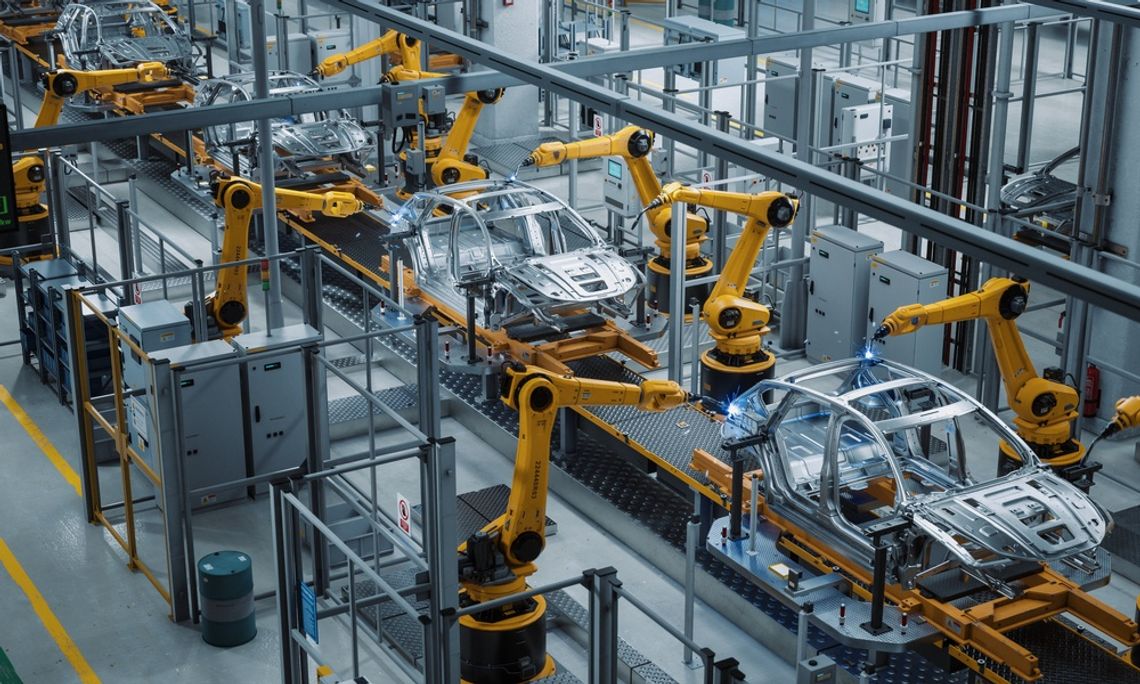Curious about what goes into building an electric vehicle (EV) from scratch? The process involves more than amazing design and cutting-edge technology. If you’re passionate about EVs or want to dip your toes into automotive innovation, breaking down the process makes it easier to see what’s actually required. Taking a practical look at the important steps in crafting an electric vehicle will help you know exactly where to start and what comes next.
Conceptualization and Design
The foundation for any great EV begins with focused conceptualization and smart design. You need to define the vehicle’s purpose, set clear goals for range, performance, style, and features, and map out how your vehicle will stand out from the crowd. At this stage, the most successful EV builders sketch, create digital models, and use feedback from potential drivers to shape the vehicle’s direction. Streamlined design decisions right now will influence everything that follows.
Component Sourcing
After nailing down your concept, turn your attention to choosing the right parts. Batteries and motors sit at the heart of every EV, so you want components that deliver reliability, performance, and longevity. Research suppliers, compare quality, and negotiate for materials and parts that offer the best value. Good relationships with suppliers help you stick to timelines and maintain consistency across all builds.
Prototype Development
Now comes the hands-on part. Building your prototype means assembling the vehicle with the selected components and bringing your design to life. This step is where theory meets practical application. You’ll combine the frame, battery system, motor, control electronics, and other key features. Expect to spend time problem-solving as you fit these pieces together, making adjustments where needed to create a working model.
Testing and Refinement
Once your prototype hits the road, testing begins in earnest. Use real-world conditions to measure performance, uncover weaknesses, and gather insights. Everything from battery life to handling gets a workout here. Your team can then take this feedback, fine-tune the design, and make the final product safer, smarter, and more enjoyable to use.
Manufacturing and Assembly
With a refined design, it’s time to ramp up production. Set up efficient production lines focused on quality and consistency. Cable assembly deserves special attention, as wiring quality dramatically impacts safety and vehicle function. Every stage of the assembly process should focus on turning out reliable vehicles that customers will love to drive straight off the line.
Regulatory Compliance
You won’t go far without ticking off every box on safety and environmental standards. Research government guidelines and bring your product in line with current regulations. Certifications and compliance checks ensure your EV can hit the market and operate without legal headaches. Pay close attention and stay ahead of changes in the regulatory landscape.
Marketing and Sales
The final step in crafting an electric vehicle involves reaching your audience. Build buzz through social media, auto shows, and targeted digital campaigns. Focus on what makes your EV unique and educate customers on its benefits. A solid marketing push brings your vision to the public and gets eager drivers behind the wheel.
Bringing an electric vehicle to life is challenging but incredibly rewarding. When you follow these steps and stay focused, you give yourself the best shot at creating a standout EV.


Comment
Comments